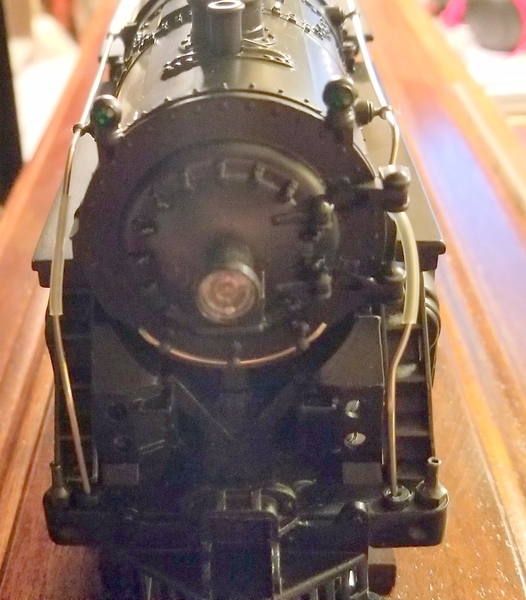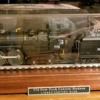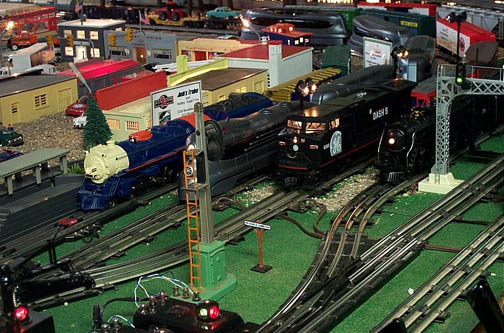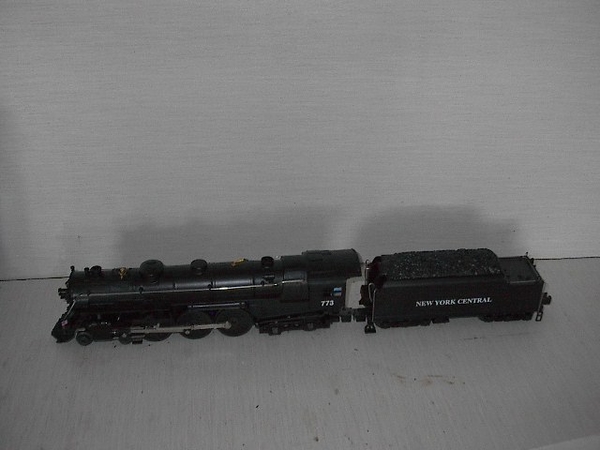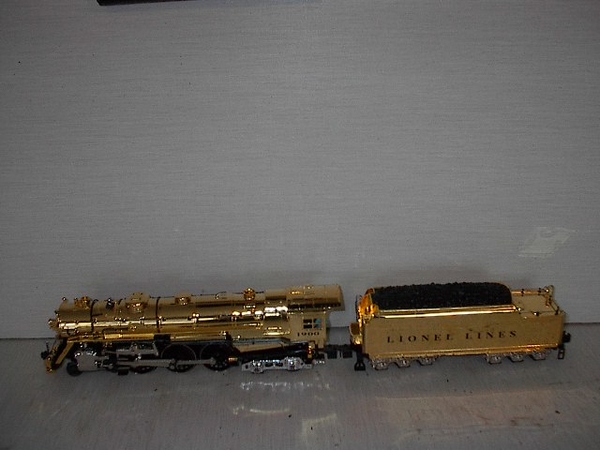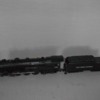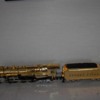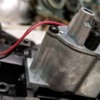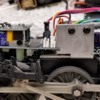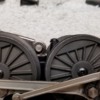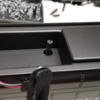Well, it looks like I am now the owner of one of these babies. I had only a mild interest in one of these - more curiosity than anything - and threw in a REALLY lowball bid on one and won the darn thing! I must admit I was (pleasantly) shocked! What I find strange is the number of these that are for sale. They are supposed to be so limited but there are MANY out there for sale and my purchase of an unused one for a record breaking low price has me wondering. Is this thing a lemon? I tend to shy away from this electronic stuff that seems to be the cause of all sorts of issues.
I also recently purchased the 1964 version of the Lionel 773. I guess its going to be interesting comparing the two! I never had either one so this is a first for me (better late than never!) They will both be here this week. I am just starting to design a small permanent layout and am clearly going to need to use 042 curves! Unfortunately I also have a few MTH items designed for 072 curves that will either have to wait for a larger layout or become display pieces.
Opinions and comments are welcome and desired! Thanks! - AL






